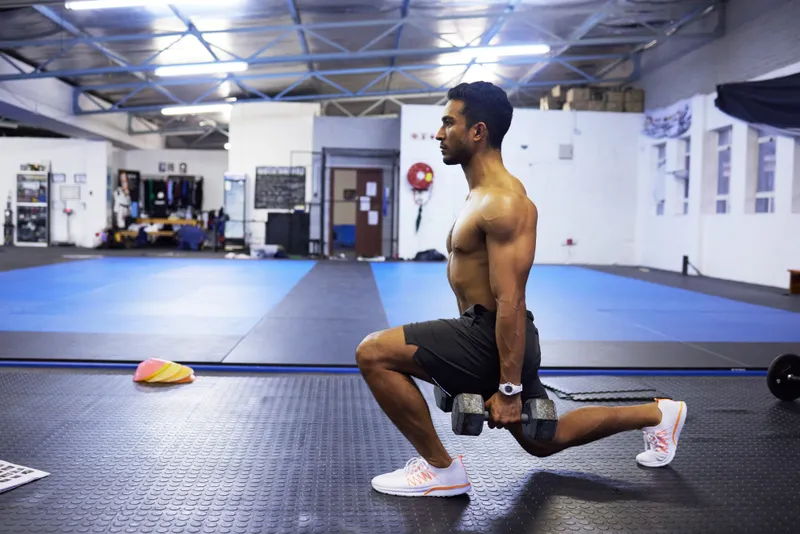The Hip Hinge: Protecting Your Back and Powering Your Performance
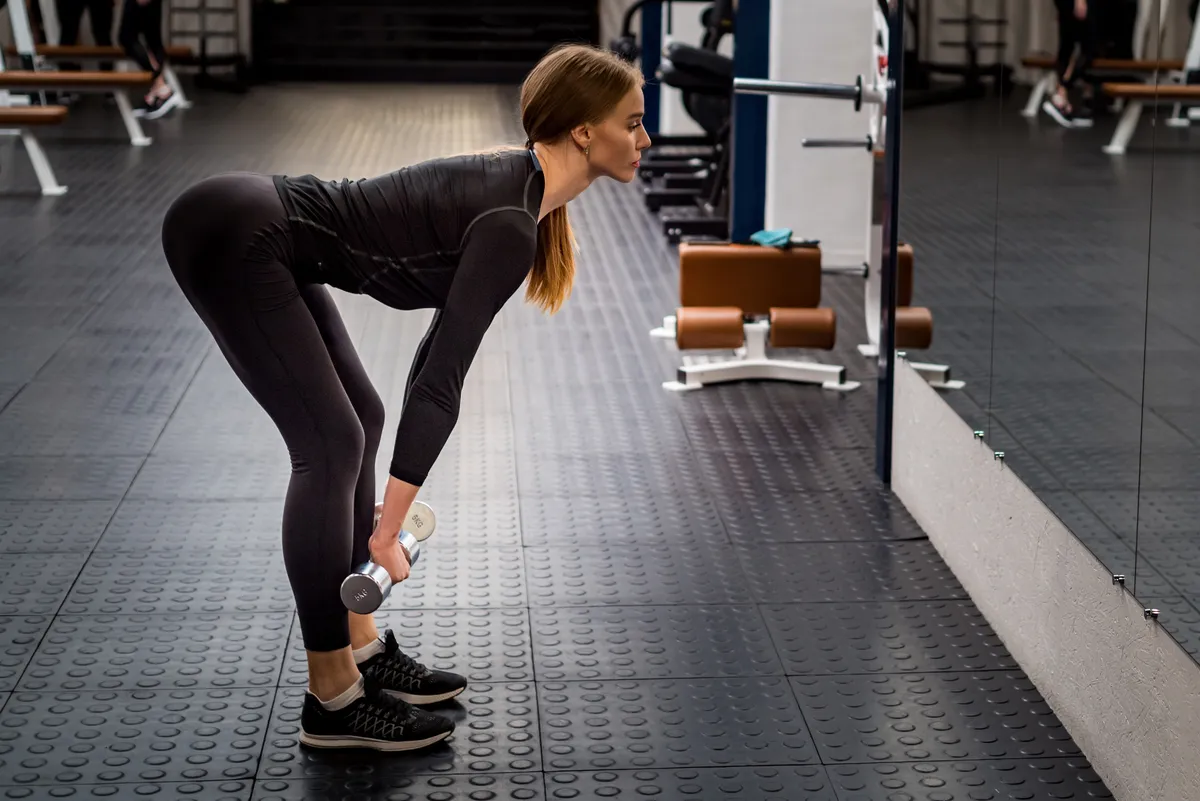
Introduction
Athletes who master the hip hinge move faster, jump higher, and rarely experience lower back pain. I see this pattern consistently in my clinical practice. Yet most athletes cannot perform this fundamental movement correctly.
What Is the Hip Hinge?
The hip hinge drives movement through the hip joint while maintaining a neutral spine. Your pelvis and upper body pivot forward as one unit. Your core muscles stabilize your spine against external forces.
Research shows that over 50% of athletes demonstrate poor spine posture during hip hinge movements (Michaud et al., 2021). They bend from their backs instead of their hips. This creates excessive spinal stress and limits power output.
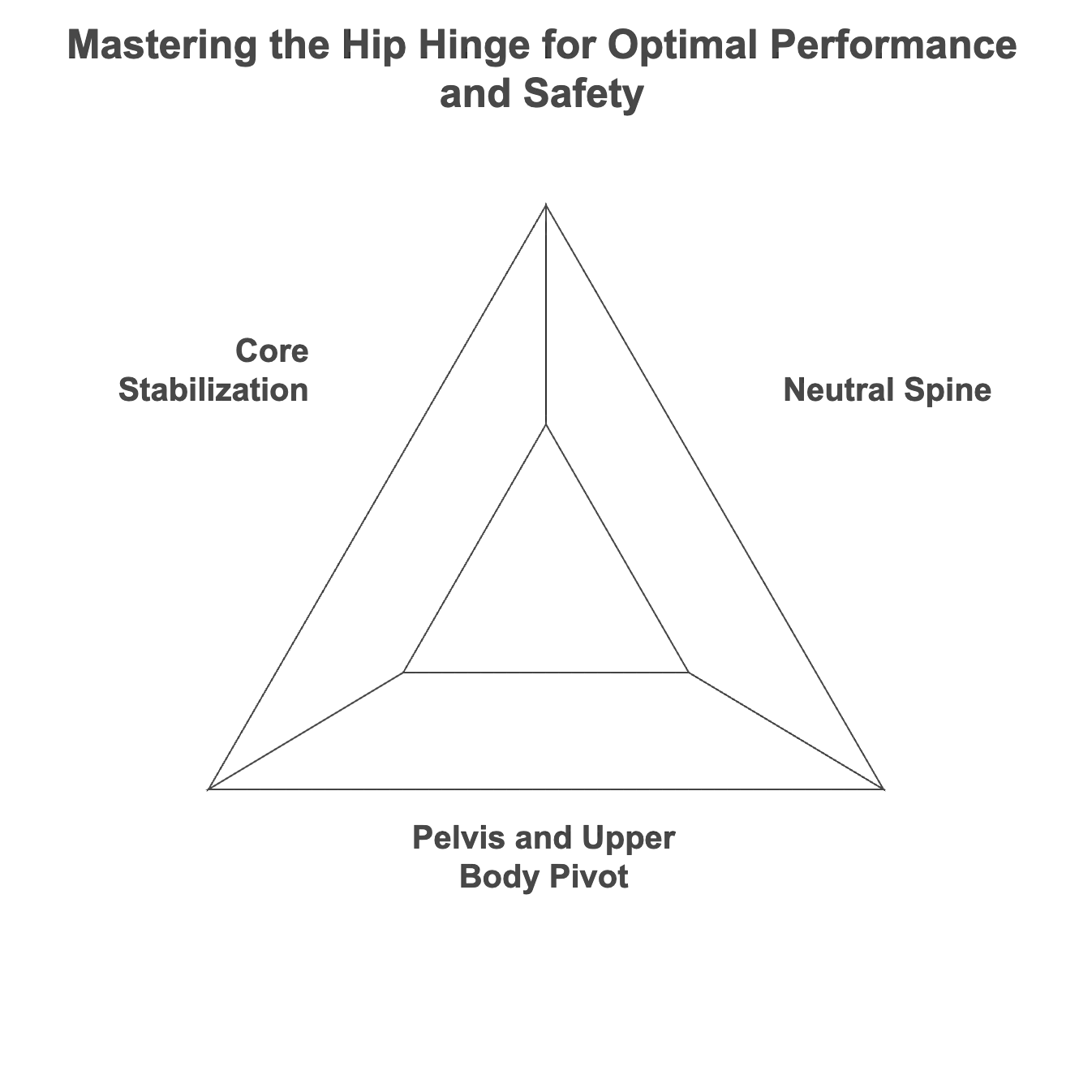
Why the Hip Hinge Matters
The hip hinge powers athletic performance. Research demonstrates that over half of the kinetic energy in throwing comes from the legs and trunk (Jones & Safran, 2024). The hip serves as the primary joint, initiating spinal and trunk rotation in sports.
I see this play out daily in my practice. Athletes with poor hip hinge mechanics:
- Produce less force
- Move slower
- Risk of back injury
- Limit their potential
The Glute Problem
Many athletes have weak gluteal muscles. They rely too heavily on their quadriceps and lower back. Research confirms this observation. Studies show the gluteus maximus generates over 60% of the force during proper hip extension (Neto et al., 2019).
This quadriceps dominance creates two problems:
- Reduced power output
- Increased injury risk
Clinical Approach to Glute Activation
Quad dominance plagues most athletes I treat. They overuse their lumbar extensors and quadriceps instead of their glutes. My clinical experience reveals a clear solution path:
- Release tight hip flexors through soft tissue work
- Practice diaphragmatic breathing to restore proper core function
- Use closed-chain exercises with specific movement cues
- Drive through the great toe during hip extension to increase glute activation
This combination consistently produces stronger glutes and better movement patterns. Athletes learn to shift from quad dominance to proper posterior chain activation.
Training the Hip Hinge
Four exercises consistently demonstrate superior results for developing hip hinge mechanics:
1. Single-leg Stance with Foot Posterior Reach
This bodyweight exercise teaches perfect hip hinge mechanics. Stand on one leg while maintaining three points of foot contact. Keep your spine neutral and reach back with your opposite foot, hovering it just above the floor. Drive through your stance leg’s great toe to return to standing. This movement activates your gluteus maximus while teaching proper hip hinge patterning. Use hand support initially if needed for balance.
2. Romanian Deadlift
Studies show that the Romanian deadlift activates the gluteus maximus and teaches proper hip positioning (Dicus et al., 2023). The movement reinforces hip drive while maintaining a neutral spine.
3. Hip Thrust
Research demonstrates hip thrusts activate the gluteus maximus at 75% of maximum voluntary contraction (Krause Neto et al., 2020). This exceeds activation levels in most other exercises.
4. Kettlebell Swing
The American kettlebell swing trains explosive hip extension. Mean trunk angular velocity reaches 232 degrees per second during this movement (Otsuka et al., 2021). This velocity mirrors athletic demands.
Implementation Guidelines
Start with these basic progressions:
- Master bodyweight hip hinge pattern
- Add light resistance, focusing on perfect form
- Progress to loaded exercises
- Increase movement velocity
- Integrate into sport-specific training
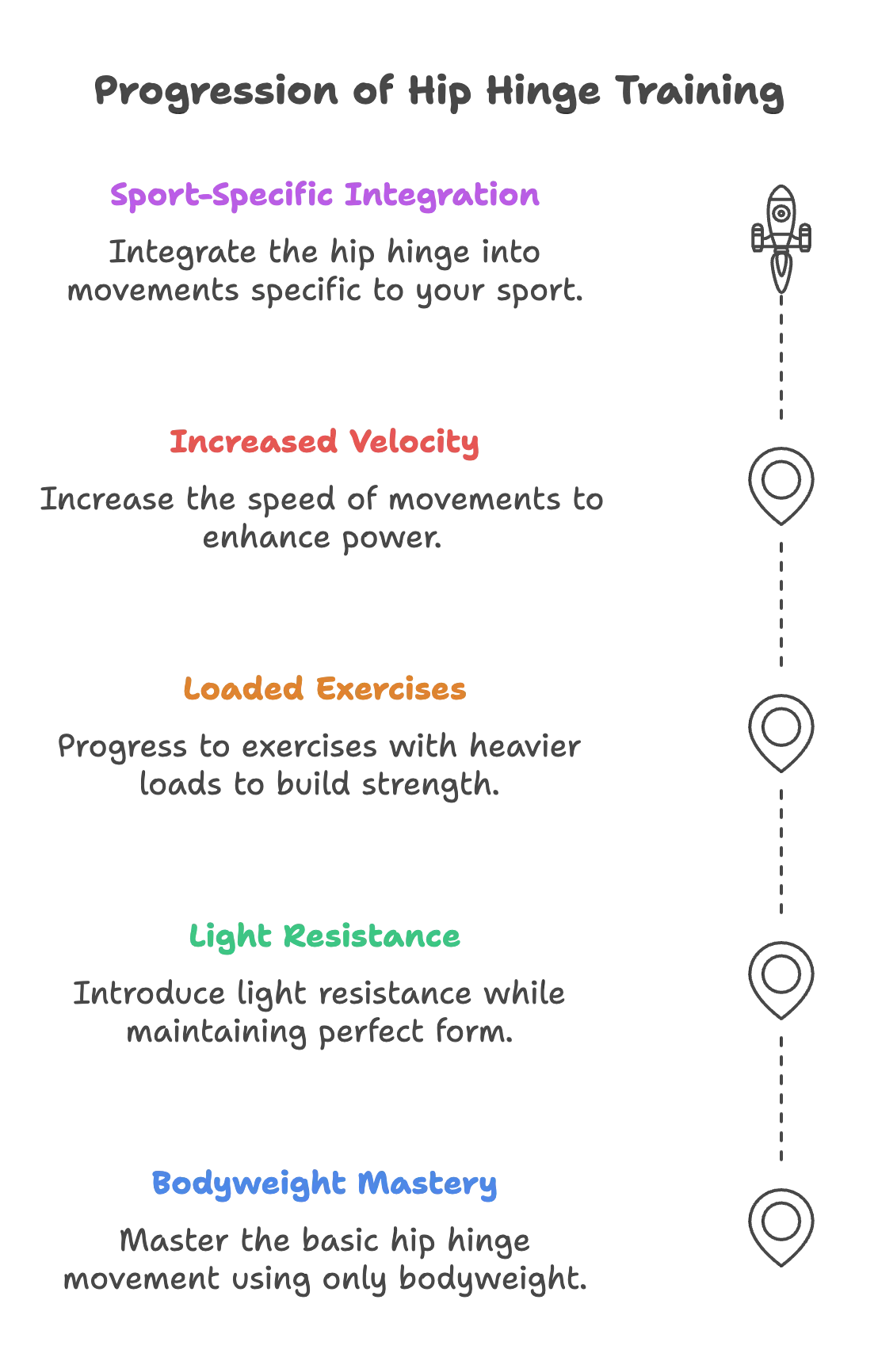
Common Mistakes to Avoid
Through years of clinical practice, I consistently see these errors:
- Bending the spine instead of the hips
- Initiating the movement with the knees
- Allowing the pelvis to tilt posteriorly
- Breaking core stability
- Moving too quickly before mastering form
Measuring Success
You know you’ve mastered the hip hinge when:
- Your spine stays neutral throughout the movement
- Movement initiates from the hips
- Your core remains engaged
- The motion feels smooth and powerful
- You can maintain form under load
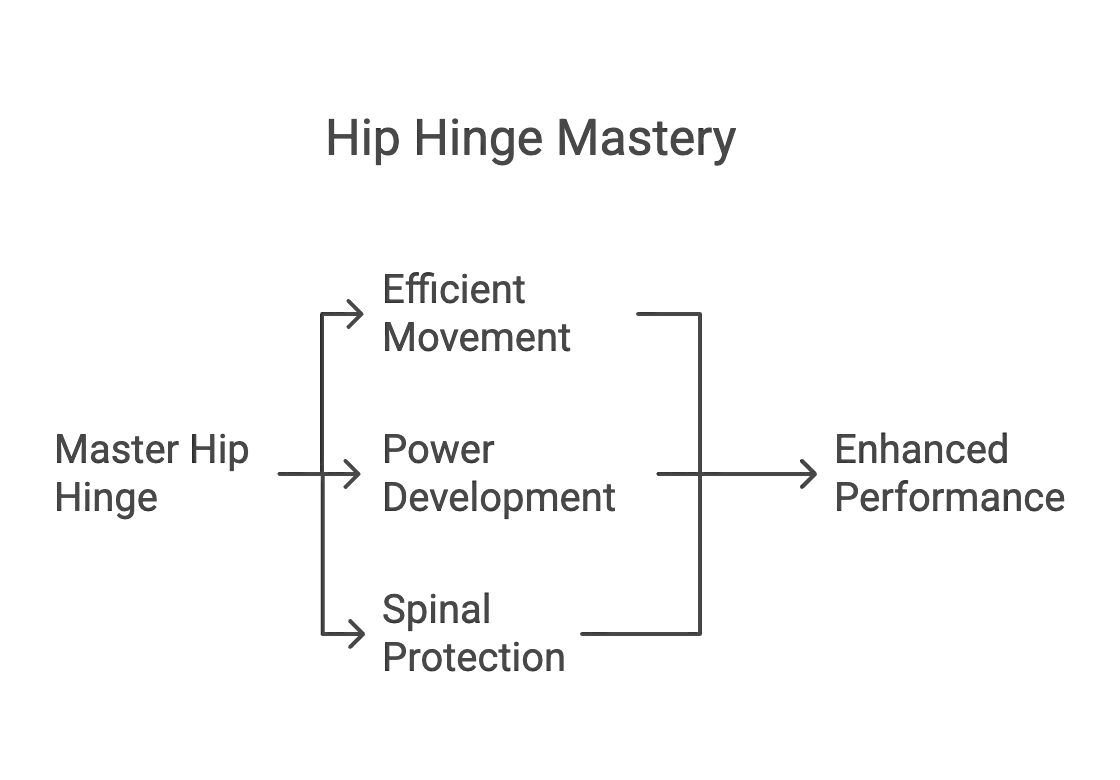
Conclusion
The hip hinge forms the foundation of athletic movement. Master this pattern, and you’ll:
- Move more efficiently
- Generate more power
- Protect your spine
- Enhance performance
- Reduce injury risk
Take time to develop this fundamental pattern. Your performance depends on it.
References
-
Dicus, J. R., Ellestad, S. H., Sheaffer, J. E., Weber, C. A., Novak, N. C., & Holmstrup, M. E. (2023). A comparison of muscle recruitment across three straight-legged, hinge-pattern resistance training exercises. International Journal of Exercise Science, 16(4), 12-22.
-
Jones Jr, S. D., & Safran, M. R. (2024). Current concepts: The hip, core and kinetic chain in the overhead athlete. Journal of Shoulder and Elbow Surgery, 33(3), 450-456.
-
Krause Neto, W., Soares, E. G., Vieira, T. L., Aguiar, R., Chola, T. A., Sampaio, V. L., & Gama, E. F. (2020). Gluteus maximus activation during common strength and hypertrophy exercises: A systematic review. Journal of Sports Science and Medicine, 19, 195-203.
-
Michaud, F., Pérez Soto, M., Lugrís, U., & Cuadrado, J. (2021). Lower back injury prevention and sensitization of hip hinge with neutral spine using wearable sensors during lifting exercises. Sensors, 21(16), 5487.
-
Neto, W. K., Vieira, T. L., & Gama, E. F. (2019). Barbell hip thrust, muscular activation and performance: A systematic review. Journal of Sports Science and Medicine, 18, 198-206.
-
Otsuka, M., Honjo, T., Nagano, A., & Isaka, T. (2021). Kinetics in lumbosacral and lower-limb joints of sprinters during barbell hip thrust compared to deadlift and back squat. PLOS ONE, 16(7), e0251418.



